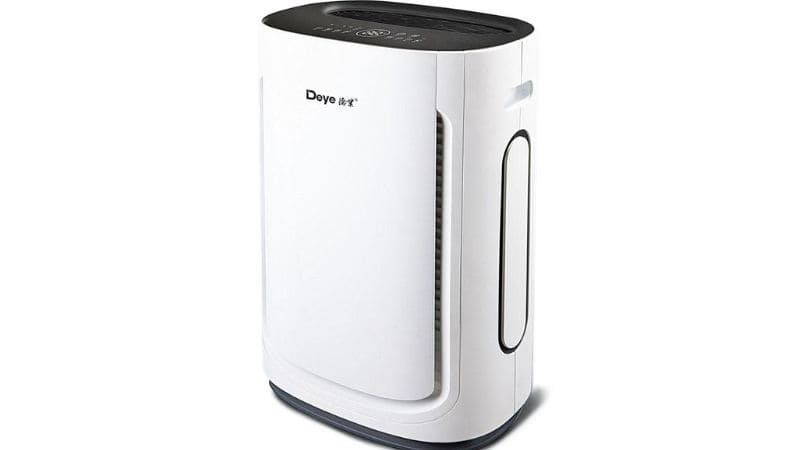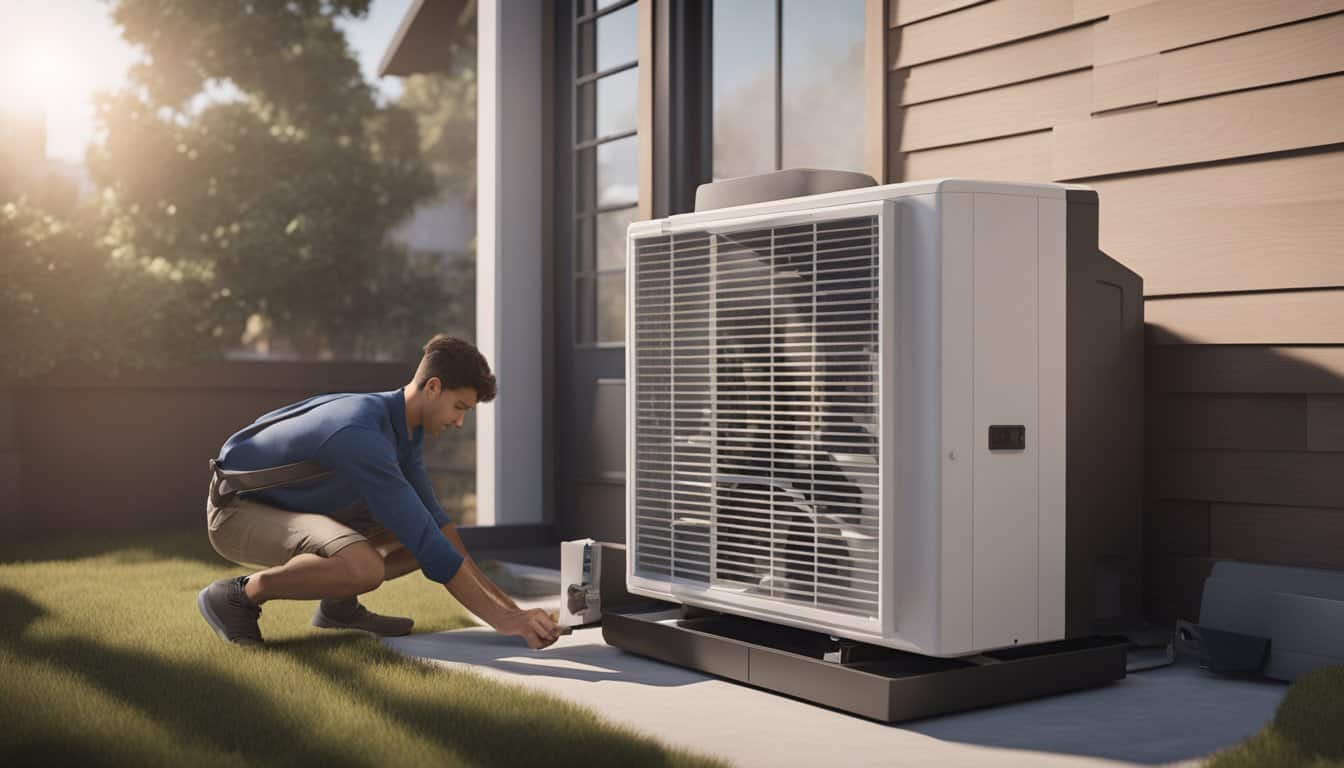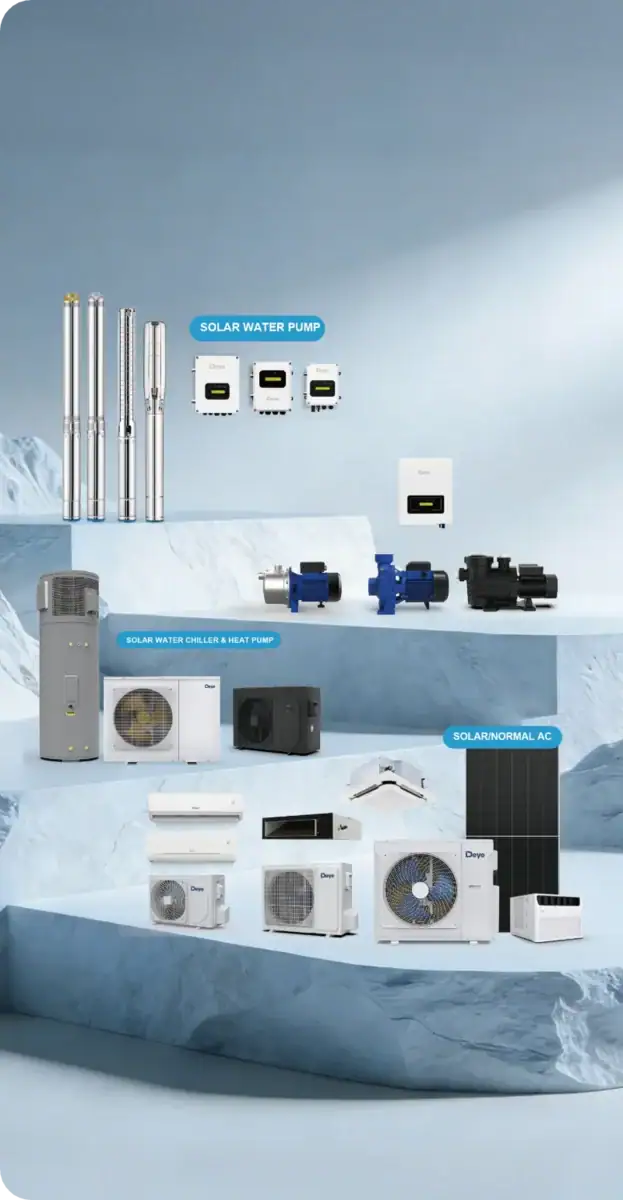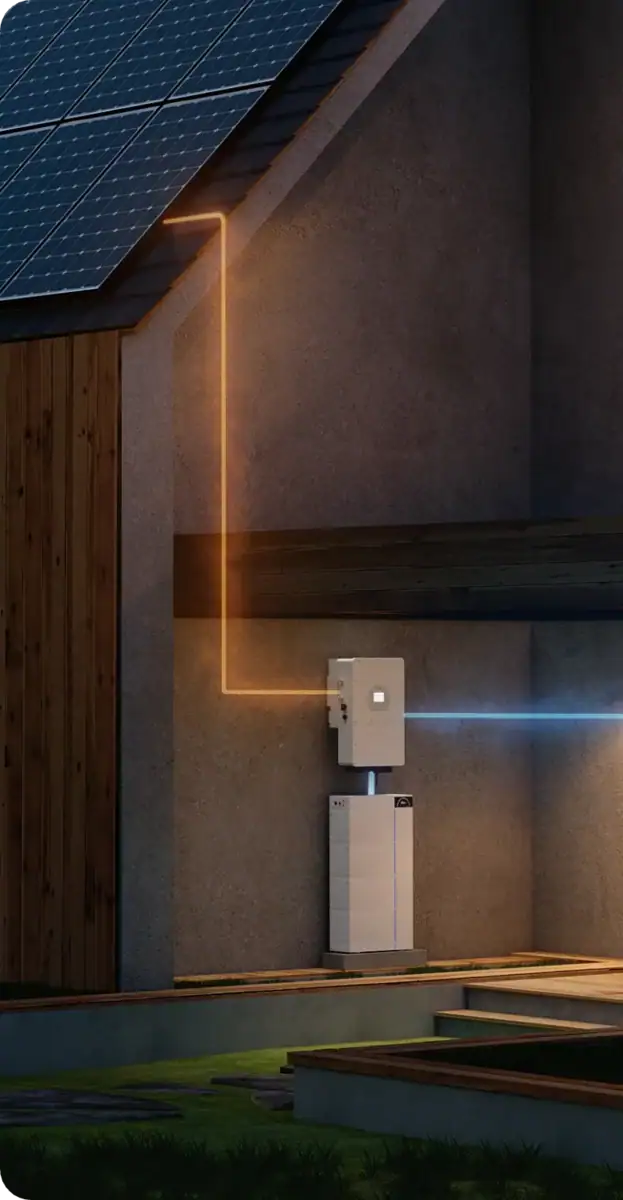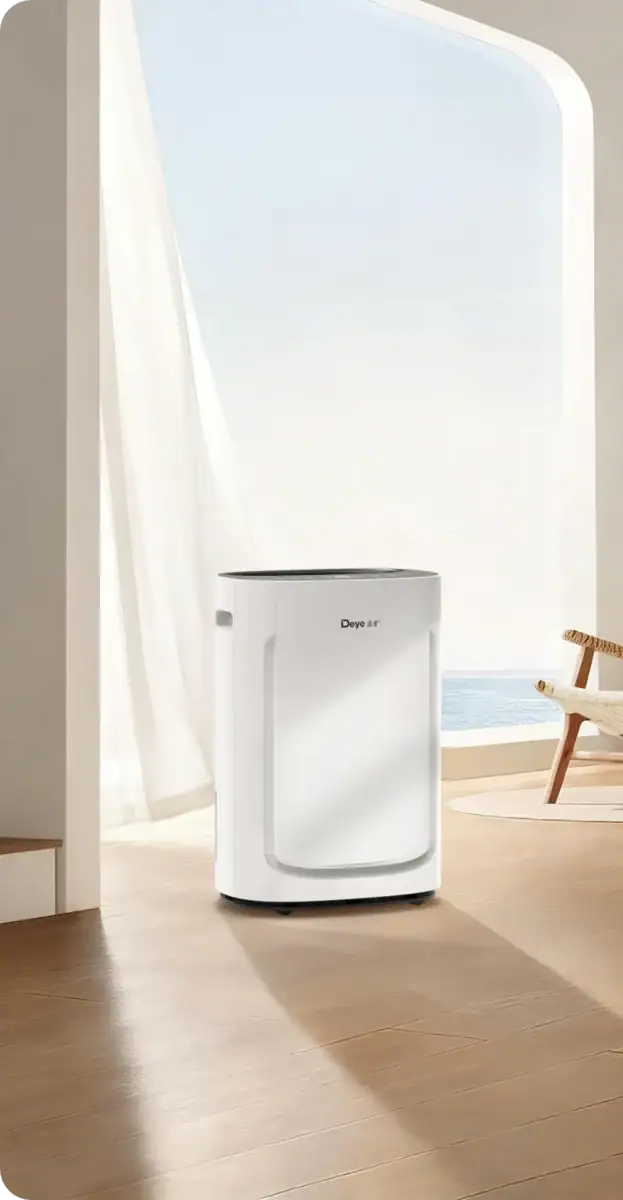A Maximum Power Point Tracking (MPPT) solar inverters can increase your solar energy output by up to 30%. They work by constantly checking the current and voltage from your panels. As sunlight changes throughout the day, the inverter adjusts to keep your system at its peak performance.
Think of an MPPT inverter as a smart translator between your solar panels and where the power goes. It takes the varying DC power from your panels and converts it to steady AC power for your home or the grid. This clever device helps you make the most of your investment in renewable energy.
What is MPPT
MPPT stands for Maximum Power Point Tracking. It’s a key technology in solar inverters that helps you get the most out of your solar panels. MPPT makes sure your system works at peak performance no matter the weather.
The Concept of Maximum Power Point
The maximum power point is where your solar panels make the most electricity. This point changes based on sunlight and temperature. MPPT finds this sweet spot and keeps your panels there.
It’s like finding the perfect gear on a bike. Too high, and you struggle. Too low, and you don’t go fast. MPPT finds the right balance.
Your solar panels have a voltage and current that give the best power output. MPPT tracks this point as it moves during the day.
Benefits of MPPT Technology
MPPT boosts your energy yield. It can increase your system’s output by up to 30% compared to non-MPPT inverters.
Here are some key benefits:
- More power from your panels
- Better performance in cloudy weather
- Improved efficiency in cold temperatures
- Longer battery life in off-grid systems
MPPT also helps when your panels are old or dirty. It squeezes out every bit of power possible.
You’ll see lower electric bills and a quicker return on your solar investment. MPPT makes your system smarter and more efficient.
MPPT Solar Inverters Explained
MPPT solar inverters help you get the most power from your solar panels. They adjust to changing conditions to squeeze out extra energy.
How MPPT Solar Inverters Work
MPPT inverters find the sweet spot where voltage and current produce the most power.
As sunlight and temperature change, so does this sweet spot. MPPT inverters shift the operating point to match. They do this many times per second.
Think of it like gears on a bike. The inverter “shifts gears” to keep your panels working their hardest. This happens automatically in the background.
MPPT inverters can handle different panel setups too. Some have multiple MPPT inputs. This lets you connect panels facing different directions.
Efficiency and Energy Harvest
MPPT technology boosts the efficiency of your whole solar system. It can increase energy harvest by 20-30% compared to simpler inverters.
This extra power adds up over time. You’ll see bigger savings on your electric bills. Your system will also pay for itself faster.
MPPT shines on cloudy days or when panels get dirty. It finds ways to grab more power even in tricky conditions.
Some MPPT inverters reach 98.5% efficiency. This means very little energy is lost as heat. Almost all the power from your panels makes it to your home.
Comparing MPPT with Other Technologies
MPPT solar inverters offer better performance than older technologies. They help you get more power from your solar panels. Let’s look at how MPPT compares to other options.
| MPPT Inverters vs. PWM Inverters | Feature/Technology | Single MPPT Inverters vs. Dual MPPT Inverters | ||
| Up to 30% more power extraction | Less efficient | Efficiency | One power tracking system | Two power tracking systems |
| Adjusts to sunlight and temperature | Limited adjustment capabilities | Performance in Weather | Suitable for simple setups | Better for complex setups |
| Higher upfront cost | Lower upfront cost | Cost | Lower cost compared to dual MPPT | Higher cost than single MPPT |
| Higher energy production over time | Lower energy production | Energy Savings | Adequate for basic installations | Increases output by 5-10% in some cases |
| Good for larger systems with changing weather | Limited flexibility | Flexibility | Best for straightforward setups | Allows different roof slopes and panel types |
| Handles partial shade better | Less effective in shaded areas | Shading Performance | Basic shading management | Superior shading management |
Integrating MPPT Inverters in Solar Systems
MPPT inverters are key to getting the most out of your solar panels. They help your system produce more power and work better in different conditions. Let’s look at how to choose and set up these important devices.
Choosing the Right MPPT Inverter
When picking an MPPT inverter, think about your solar array size and type. Make sure the inverter can handle your system’s voltage and current. For bigger setups, you might need more than one MPPT. This helps if some panels get shade.
Look for inverters with high efficiency ratings. Good ones convert over 95% of DC power to AC. Check if it works well in hot weather too. Some lose power when it’s very warm outside.
For off-grid systems, pick an inverter that can charge batteries. If you’re connecting to the grid, make sure the inverter follows local rules. Some places need special features like rapid shutdown.
Enhance your solar energy output with the Deye MPPT inverter.
Deye MPPT inverters are ideal for larger systems and complex setups, handling varying weather conditions and panel configurations with ease. Our high efficiency (over 95% DC-to-AC conversion) minimizes energy loss, saving you money on your electricity bills and accelerating the return on your solar investment. Ready to learn more about how Deye MPPT inverters can optimize your solar setup? Contact us today for inquiries.
Installation and Setup
Setting up your MPPT inverter right is crucial for top performance. Put it in a cool, dry spot. Hot areas can make it less efficient. Keep it close to your solar panels to cut down on wire losses.
Connect your panels in strings that match the inverter’s input range. Too high or low voltage can cause issues. Use the right size wires to avoid power loss and stay safe.
Program the inverter for your specific setup. This includes setting the right voltage and current limits. You might need to adjust for different seasons or panel types.
For grid-tied systems, work with your power company. They often have rules about how inverters connect to the grid. Test the system to make sure it’s working right before you finish.
Advantages of MPPT Inverters
MPPT inverters offer some big benefits for solar power systems. They help you get more energy from your panels and use that energy more efficiently.
Maximizing Power Output
MPPT inverters boost the power you get from your solar panels. They track the best voltage and current to produce the most electricity possible. This means you can make more power even when sunlight changes during the day.
MPPT inverters work well with different types of panels. They can handle changes in temperature and shading. This flexibility helps your system perform better in real-world conditions.
You’ll see higher energy production with MPPT, especially on cloudy days. The inverter adjusts quickly to get the most power it can.
Improving Energy Efficiency
MPPT technology makes your whole solar system more efficient. It matches the panel output to what your home needs. This reduces energy waste and gives you more usable power.
The improved efficiency means you may need fewer panels to meet your energy needs. This can save you money on equipment costs.
MPPT inverters also help your batteries charge faster and last longer. They provide a steady, optimized charge that’s good for battery health.
You can track your system’s performance easily with many MPPT inverters. They often have monitoring features to show you how much energy you’re making and using.
Considerations for MPPT Inverter Deployment
MPPT solar inverters offer great benefits, but you need to think about a few key things before installing one. Let’s look at the costs and upkeep involved.
Cost and Budgeting
MPPT inverters have a higher upfront cost than regular inverters. But don’t let that scare you! They can save you money in the long run. For small setups, a basic inverter might work. But for bigger systems, an MPPT inverter is often worth it.
Maintenance and Troubleshooting
MPPT inverters are pretty tough, but they still need some care. Here are some tips to keep yours running smoothly:
- Check it often for dust or dirt
- Look out for loose wires
- Watch the display for error codes
If you spot issues early, you can fix them before they get worse. This helps your system stay reliable.
Sometimes, you might need help from a pro. It’s a good idea to have a technician’s number handy. They can help with tricky problems or yearly check-ups.
As your needs grow, you might want to add more panels. MPPT inverters make this easier. They can handle changes in your system better than basic inverters.


